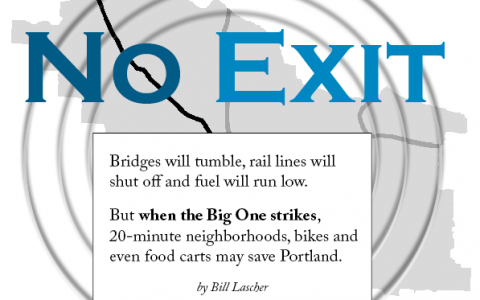Tag: sustainability
-
The future of cars and cities
For someone who has lamented the negative impacts that cars have had on cities, a fundamental change appears in the offing, with implications as large as those when cars first appeared. This change is made up of different elements. One element is the changing relationship people have with cars, from being a reflection of who…
-
The Oregon Resilience Plan: A call to expand the sustainability conversation
Edward Wolf has laid down a challenge to the sustainability community to include resilience as part of sustainability in an article in Sustainable Business Oregon. Ted, a writer on environmental issues, was drawn into seismic and resiliency when he discovered how seismically suspect the schools his child was attending in Portland were. He has become…
-
The New Normal
A recent article in the New York Times, “The Generator is the Machine of the Moment” talks about changes to building projects to make them more resilient to Hurricane Sandy type storms. The changes are straight forward changes to the building systems, such as moving mechanical systems out of the basement, flood proofing the basements and…
-

Sustainability and Resiliency
I often make the point that sustainability and resiliency are intimately linked. Part of being sustainable for Oregon is learning to live in an environment that includes large earthquakes and tsunami’s on a regular basis. We tend to discount the “regular” for subduction zone earthquakes. After all, one hasn’t happened here since Americans and Europeans…
-

Schools leading the way
The citizens of Portland voted overwhelmingly to pass a bond measure that upgrades a number of Portland schools. It pays for some basic seismic upgrades on a 26 schools and completely modernizes three high schools and one grade school. It is a first step to the modernization of all Portland’s schools, which at the end…
